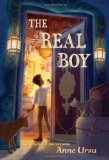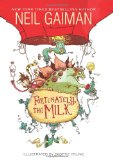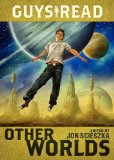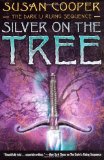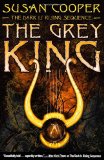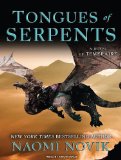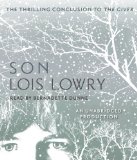Review of The Real Boy, by Anne Ursu
by Anne Ursu
Walden Pond Press, 2013. 343 pages.
Starred Review
The Barrow even had one magic worker so skilled he called himself a magician. Master Caleb was the first magician in a generation, and he helped the Asterians shine even more brightly. He had an apprentice, like most magic smiths. But like the wizards of old, he also took on a hand — a young boy from the Children’s Home — to do work too menial for a magician’s apprentice.
The boy, who was called Oscar, spent most of his time underneath Caleb’s shop, tucked in a small room in the cellar, grinding leaves into powders, extracting oils from plants, pouring tinctures into small vials — kept company by the quiet, the dark, the cocoon of a room, and a steady rotation of murmuring cats. It was a good fate for an orphan.
This book is about Oscar. When the magician Caleb goes on a trip, leaving the apprentice, Wolf, in charge, something terrible happens to Wolf. Oscar is stuck watching the shop. He doesn’t know what to do. He feels like an alien. He doesn’t know how to read people’s faces, and interacting with them makes him anxious.
But the Healer’s Apprentice, Callie, is also in charge in her master’s absence. She and Oscar help each other. She helps Oscar deal with people, and he helps Callie know which herbs will cure.
But something is going wrong with the magic, something that may be much bigger than Oscar and Callie can handle.
I’m not sure I was satisfied with the ending — not sure I understood clearly enough what had actually happened. But the book itself, the world, and especially Oscar, were delightful to spend time with.
In a contemporary novel, Oscar’s difficulties would probably have a name, a definition. I like that this fantasy novel doesn’t label Oscar. We see him as an individual, with his own particular difficulties and fears, as well as strengths and insights. Ultimately, this is a hopeful book about overcoming and doing good in spite of your own self-doubt. Go, Oscar!
Find this review on Sonderbooks at: www.sonderbooks.com/Childrens_Fiction/real_boy.html
Disclosure: I am an Amazon Affiliate, and will earn a small percentage if you order a book on Amazon after clicking through from my site.
Source: This review is based on an Advance Reader Copy I got at ALA Annual Conference and had signed by the author.
Disclaimer: I am a professional librarian, but I maintain my website and blogs on my own time. The views expressed are solely my own, and in no way represent the official views of my employer or of any committee or group of which I am part.
Please use the comments if you’ve read the book and want to discuss spoilers!
